Enhance Your Restaurant Air Quality With AAF’s Kitchen Ecology Unit
The hospitality industry in the UAE is highly competitive, with restaurants constantly striving to offer unique experiences and exceptional service to their customers. As a result, many restaurants in the UAE are known for their luxurious interiors, stunning views, and entertainment options. Dubai is often regarded as the culinary capital of the Middle East, with a high concentration of international restaurants, celebrity chef establishments, and Michelin-starred venues.
The KPMG report states that there are over 16,000 food and beverage outlets in the UAE, with Dubai alone accounting for around 9,000 of them. These outlets range from small cafes and fast-food chains to high-end restaurants and fine dining establishments. In terms of employment, the restaurant industry in the UAE is a major contributor to the country’s economy. The KPMG report estimates that the food and beverage sector employs around 350,000 people in the UAE, with most of these jobs being in Dubai and Abu Dhabi.
In recent years, there has been a growing trend towards healthy eating and plant-based options, with many new restaurants and cafes catering to this demand.
Report from Statista [report on people dine in behaviour in UAE]

In the highly competitive hospitality industry in the UAE, providing a unique experience and exceptional service to customers is crucial. However, ensuring that the indoor air quality in restaurants is clean and healthy is equally important. To ensure good indoor air quality, restaurant owners should take several steps. One of the most important steps is to ensure proper ventilation. This can be done by installing HVAC systems that regulate air circulation and temperature. Additionally, regular maintenance of these systems should be conducted to ensure their effectiveness. Another crucial step is to monitor air quality regularly. Air quality monitors can be installed to measure levels of pollutants such as carbon monoxide, nitrogen dioxide, and volatile organic compounds.
Regulatory Standards for IAQ in the UAE
In UAE, the Abu Dhabi Environment, Health and Safety Center (EHS) has developed guidelines for IAQ in public buildings, including restaurants and commercial kitchens.
The EHS guidelines recommend that the levels of PM2.5 and PM10 should not exceed 25 and 50 μg/m3, respectively. The levels of CO, NO2, and SO2 should not exceed 9, 40, and 20 ppb, respectively. The levels of formaldehyde and benzene should not exceed 100 and 10 μg/m3, respectively.
Improving IAQ in Restaurants and Commercial Kitchens
To improve IAQ in restaurants and commercial kitchens, several best practices can be followed, including:
Proper Ventilation: Proper ventilation is essential for removing cooking emissions and other pollutants from the indoor air. Mechanical ventilation systems, such as exhaust hoods and fans, should be installed and regularly maintained.
Use low-emitting materials: Choose low-emitting materials that release fewer pollutants into the air when considering building materials such as paint, and cleaning chemicals [with fewer VOCs] etc.
Regular cleaning: Regular cleaning of cooking equipment, surfaces, and ventilation systems can help reduce the build-up of pollutants and improve IAQ.
Use of natural cleaning products: Using natural cleaning products, such as vinegar and baking soda, can help reduce the use of harsh chemicals that can contribute to building-related pollutants.
Proper waste management: Proper waste management practices, such as separating organic waste and disposing of it properly, can help reduce the emission of pollutants from waste.
Regular IAQ testing: Regular IAQ testing can help identify any IAQ issues and help implement appropriate corrective measures.
Table: Regulatory Standards for IAQ in UAE Restaurants and Commercial Kitchens

Why is KEU required at restaurants?
In addition to the delectable food and beverages, a pleasant welcoming atmosphere is also important. The overall ambiance and environment can make or break a dining experience for customers. In a restaurant or commercial kitchen, most of the activities involved in food preparation take place in the kitchen area.
Moreover, the use of grills, stoves, ovens, and deep fryers can result in the release of smoke, oil vapours, and other emissions into the air. This can lead to an unpleasant environment. Indoor contaminants can have harmful effects on the health of customers and also on workers. For example, exposure to sulphur, and formaldehyde can irritate the eyes, nose, and throat, as well as headaches, dizziness, and nausea.
Hence, restaurant owners must be careful and plan aggressively to provide kitchen areas with cutting-edge technologies to overcome indoor air quality challenges.
This is where the kitchen exhaust unit/ kitchen ecology unit (KEU) becomes crucial in maintaining a clean environment in restaurants. The KEU is often equipped with air filters and auxiliary components designed to capture pollutants, gases, and offensive odours that circulate into the dining area.
Benefits of having KEU at Restaurants:
The amount and type of contaminants generated from a kitchen exhaust application will depend on the cooking operations taking place inside. The contaminants include gases, vapours, aerosols, and particulates. Whether the restaurant/ commercial kitchen staff frying potatoes, grilling meat, or baking a cake, cooking generates odours, oil vapours, pungent smell, and dust/ powder particles. In such scenarios, the KEU assists with the removal of pollutants/ impurities and maintains a clean environment.
The KEU is a revolutionary product that can help hospitality businesses [hotels, restaurants, commercial kitchens, bakeries, etc] reduce their environmental impact while improving efficiency and cost-effectiveness. This equipment is deployed with advanced air filtration technology that removes harmful pollutants, odours, vapours, VOCs, and grease contaminants.
The equipment removes the particulate contaminants (grease aerosols, moisture, other particulate) that are carried over into the exhaust air stream using electrostatic precipitators in combination with the appropriate stages of particulate filters. These include metal washable filters, high-capacity bag filters, and high efficiency (MERV 16) pleated filters.
With its intuitive controls and monitoring system, businesses can track their energy consumption and identify areas for improvement. Its sleek design also adds to the overall aesthetic of any kitchen, making it a great marketing tool for businesses looking to appeal to eco-conscious consumers.

